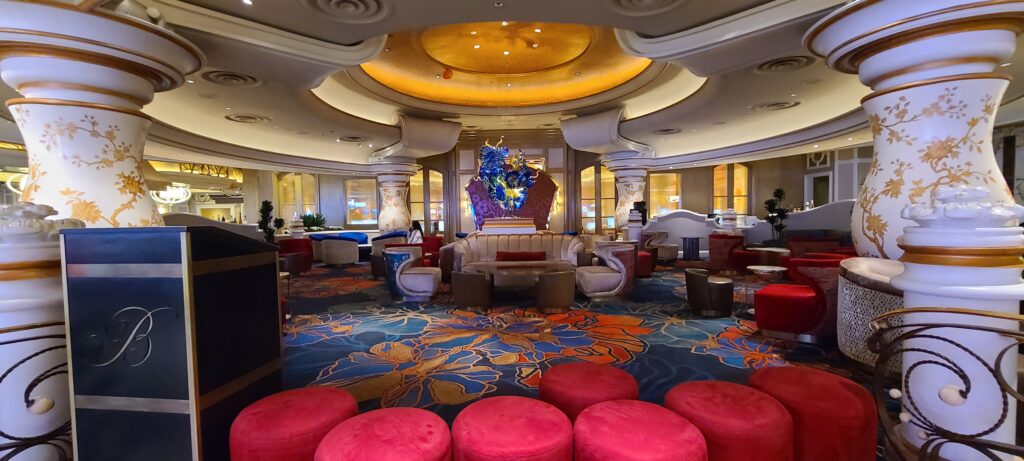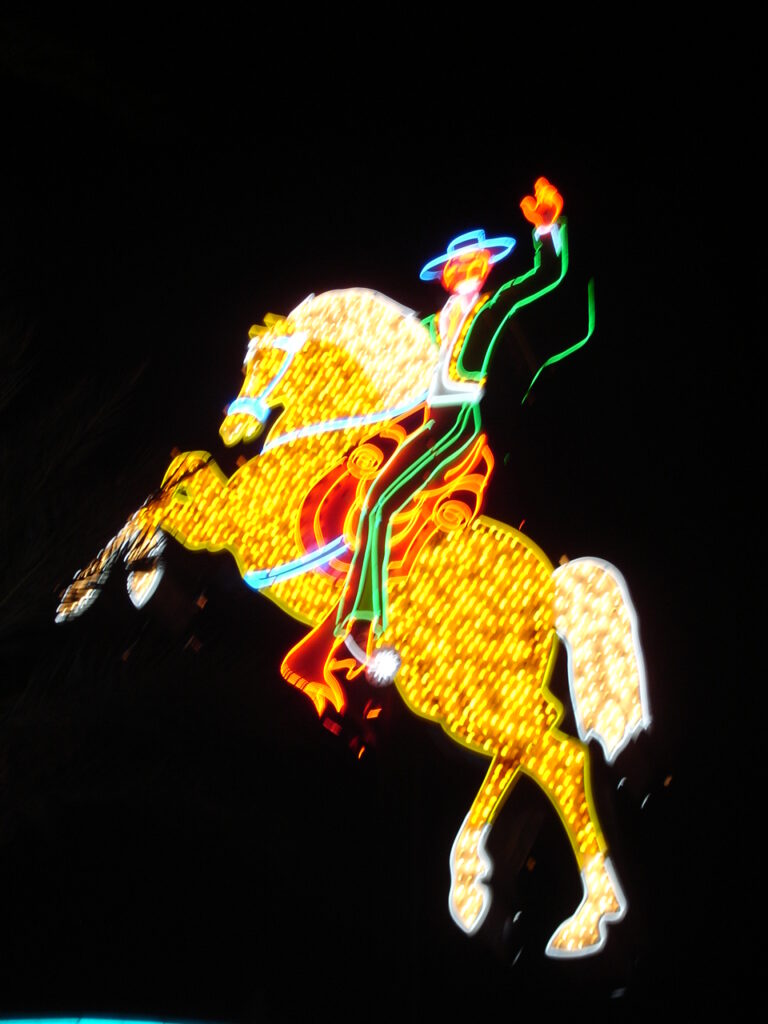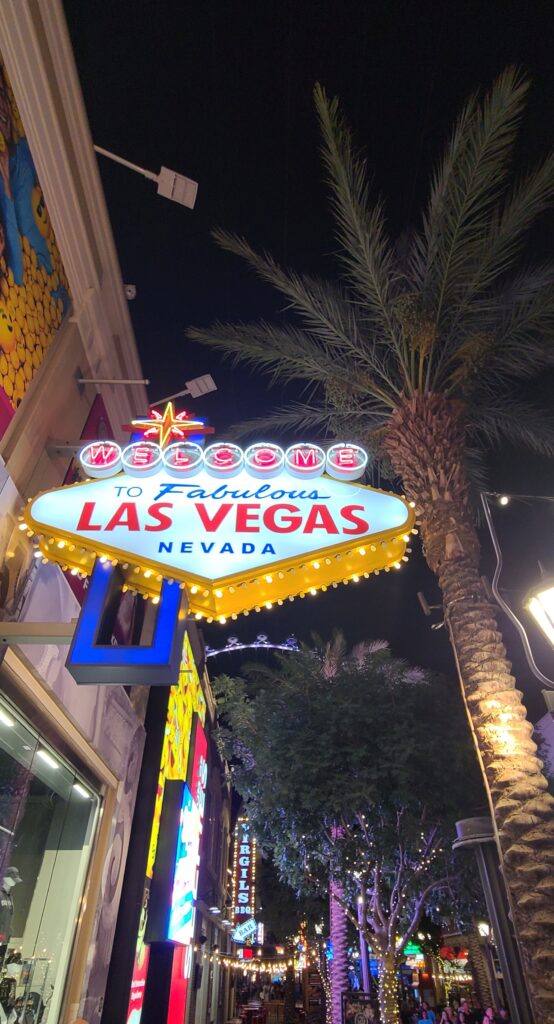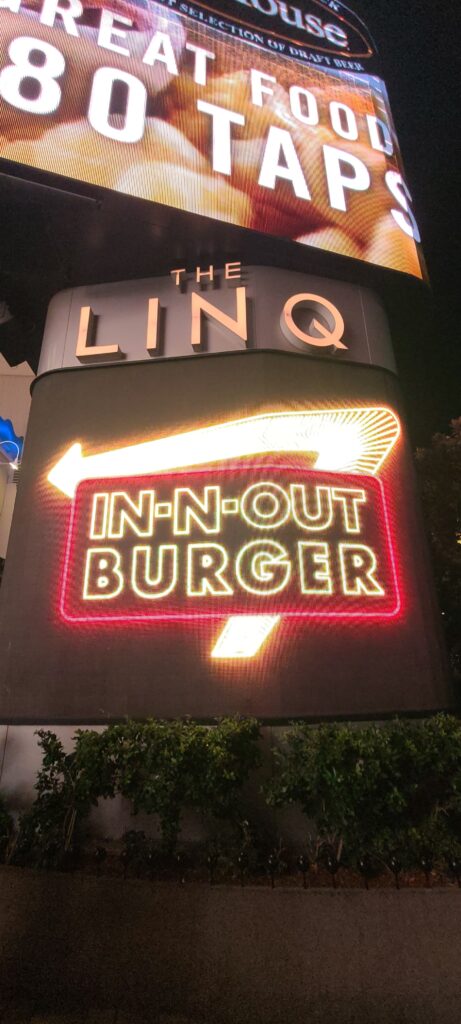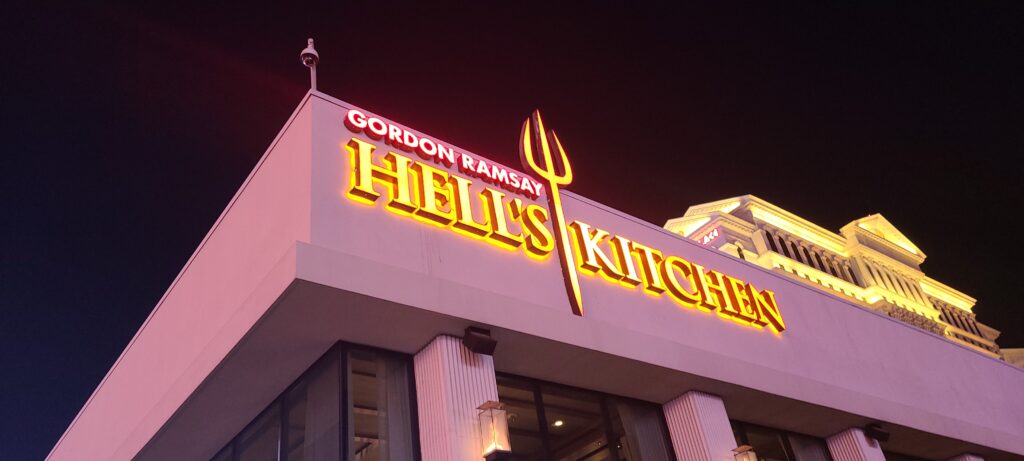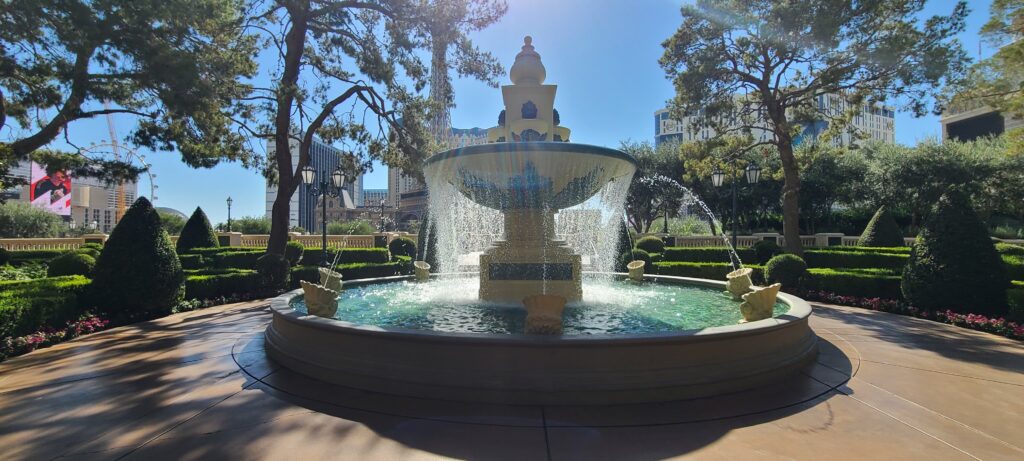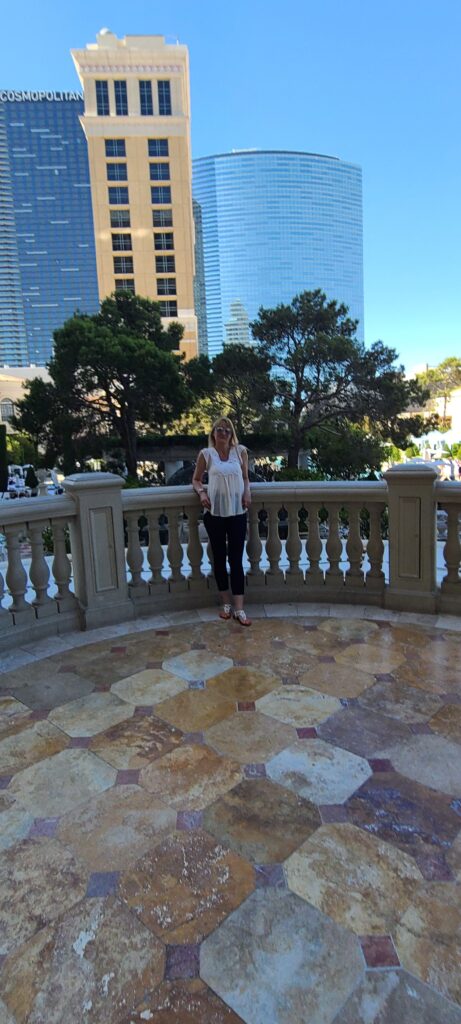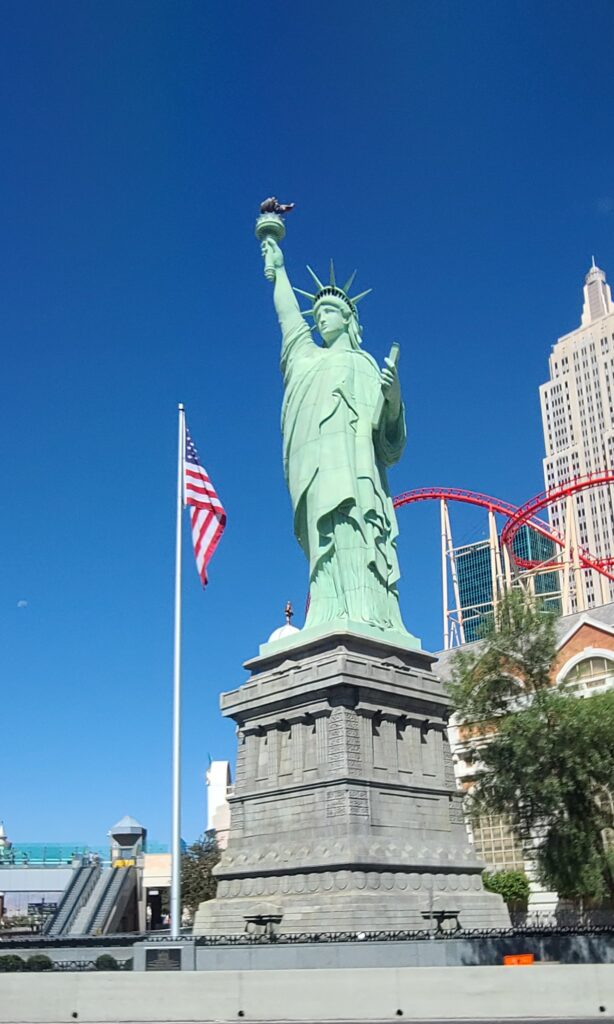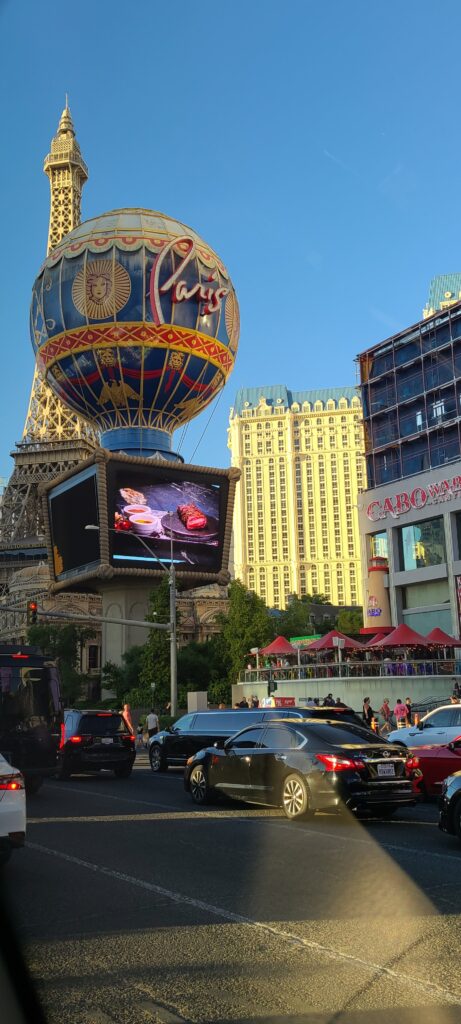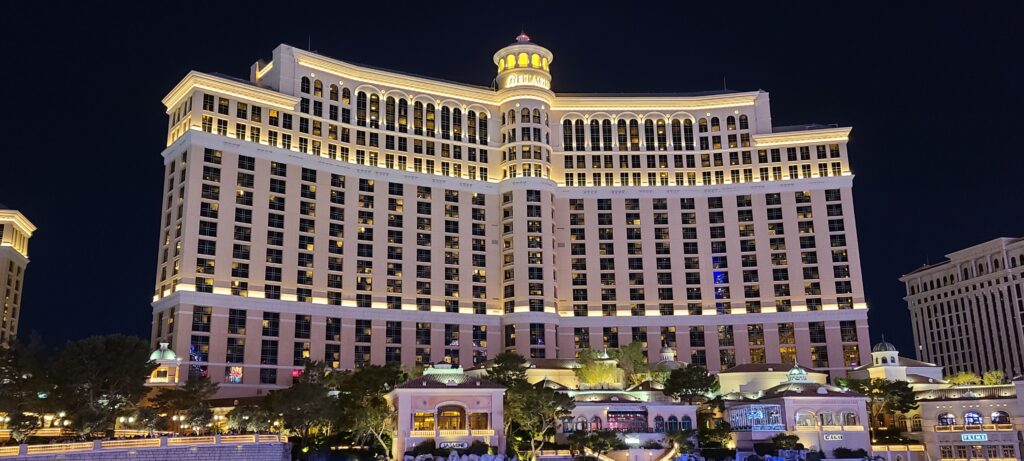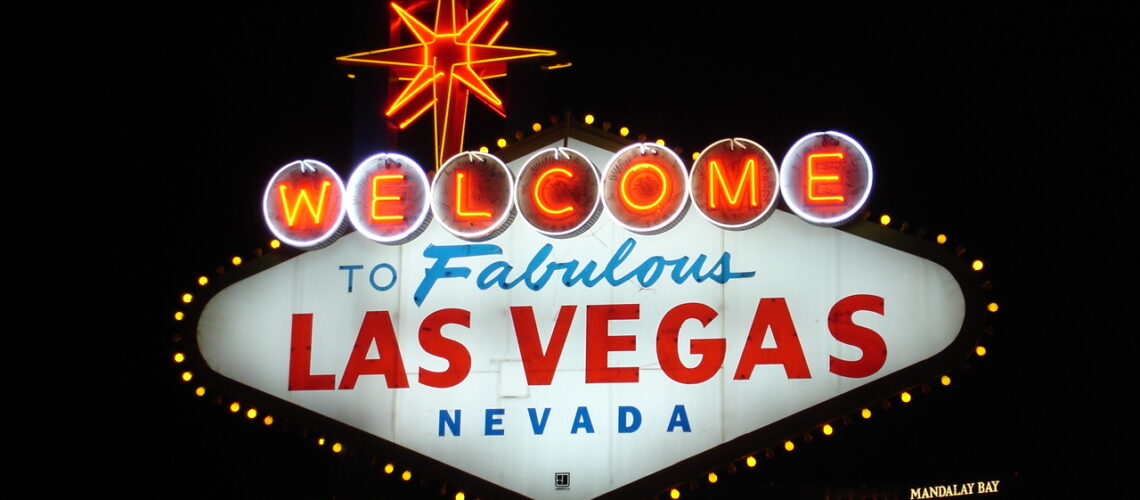
August 5, 2023
Las Vegas – part 1 – history and facts
Las Vegas is the most populous city in Nevada in Clark County. Every day, it is inhabited by over two million people, and every year it is visited by over twenty-seven million tourists.
Las Vegas is the world capital of entertainment and gambling, the city – a symbol of wealth and luxury.
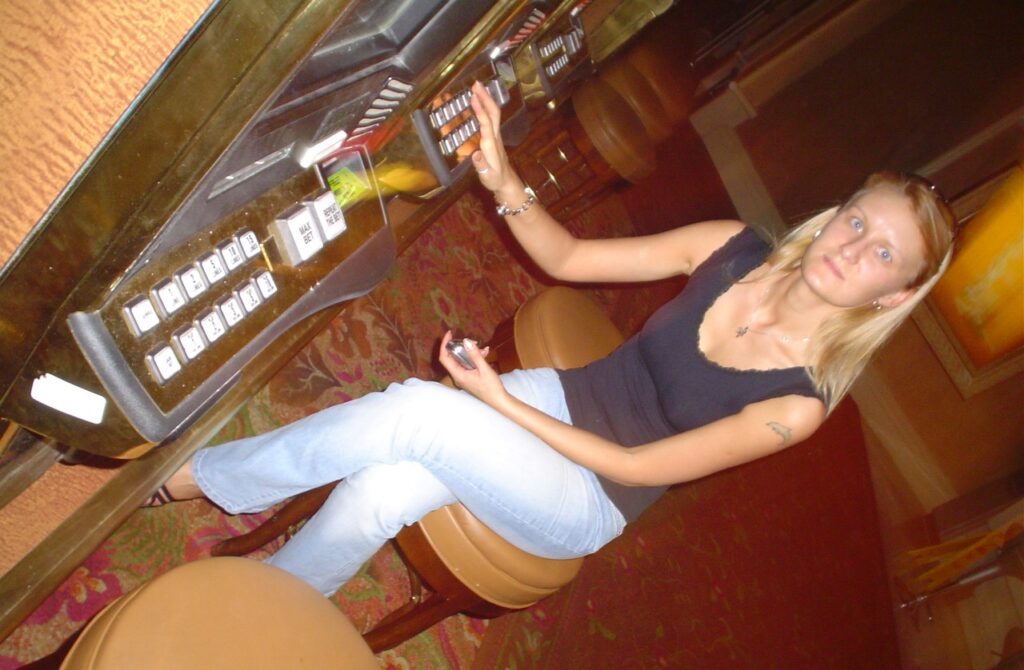
History
It is assumed that the place was named Las Vegas in 1829 by the Spanish trader Antonio Armijo, who traveled from Texas towards Los Angeles along the Old Spanish Trail. Traveling through the area of what is now the city of Armijo, he came across a desert landscape, interspersed with natural streams. It was diversified by green meadows, called “vegas” in Spanish. Thanks to the discovery of water, people began to pass that way often, carrying, among others, goods to pioneers and settlers. A small settlement and fort quickly sprang up there; initially, an inn was built for postal stagecoaches and later a stop for travelers.
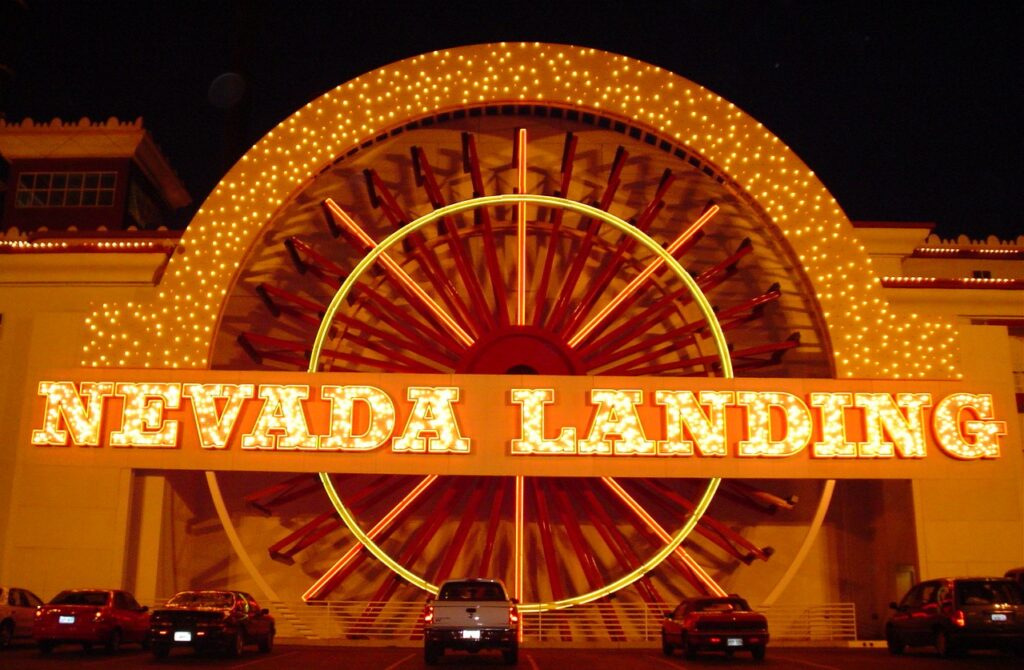
On May 15, 1905, Las Vegas gained the name of a railroad city, and on March 16, 1911, the special status of a separate city. The first mayor of the city was Peter Buol. For the next several years, Las Vegas served as a stop on the route between the more important cities at that time. When the railroad in the US expanded significantly, it lost its importance for some time. The situation changed with the construction of the Hoover Dam. This investment attracted to Las Vegas m.in. workers with their families, and also translated into greater tourist traffic.
A breakthrough in the history of Las Vegas came after the legalization of gambling in 1931. The first casinos and hotels, for which the city is famous today, began to appear. Then, there were Flamingo Hotel and Casino – the oldest building on Las Vegas Boulevard still operating today. The development of the city was also greatly influenced by the fact that while the existing gambling centers, such as Hot Springs, tightened the regulations in this aspect, finally banning gambling activities, in Las Vegas it was decided to go in the opposite direction.
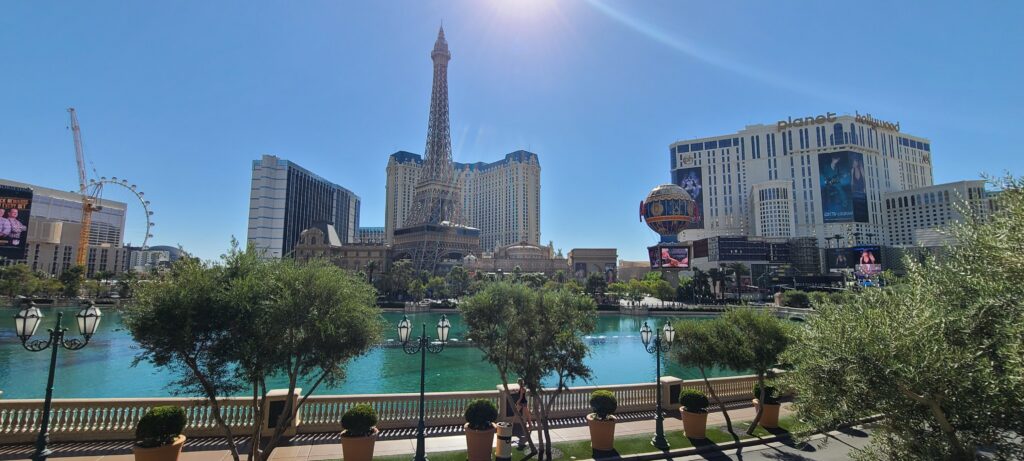
The transformation period
The atomic bomb was tested in Nevada from 1951 to 1992. The observation of nuclear mushrooms on the horizon was an attraction for visitors.
Another important stage in the history of Las Vegas took place in the 1960s. At that time, various corporations and business tycoons began to invest in the city, building new hotel and casino complexes. The influx of new capital meant that the city departed from its working-class image, gaining in status and reputation. The general perception of gambling has also changed, and it has come to be treated as a normal business activity.
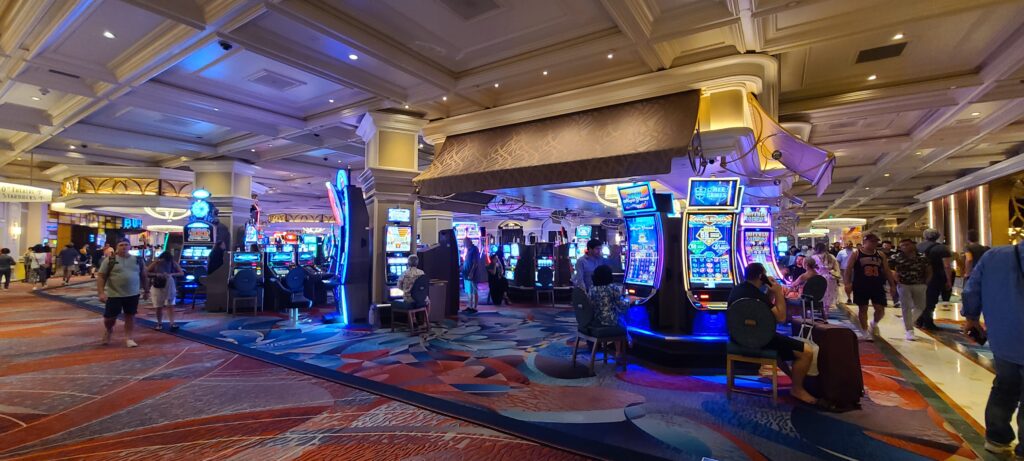
The character of Howard Hughes is associated with this period. The billionaire was an extremely charismatic, prominent and influential figure, he invested in casinos, real estate and hotels, which translated into an increase in the prestige of the city. His contribution to the development of Las Vegas is enormous.
One of the key figures in the fate of Las Vegas was also Steve Wynn, who moved to the city in 1967. Wynn inherited a network of bingo parlors from his father and debts of up to $ 350,000. His business acumen, however, made him successful, and after moving to Las Vegas, he bought shares in the Frontier Hotel and Casino. It also took over the Golden Nugget Las Vegas, transforming the facility into an upscale hotel.
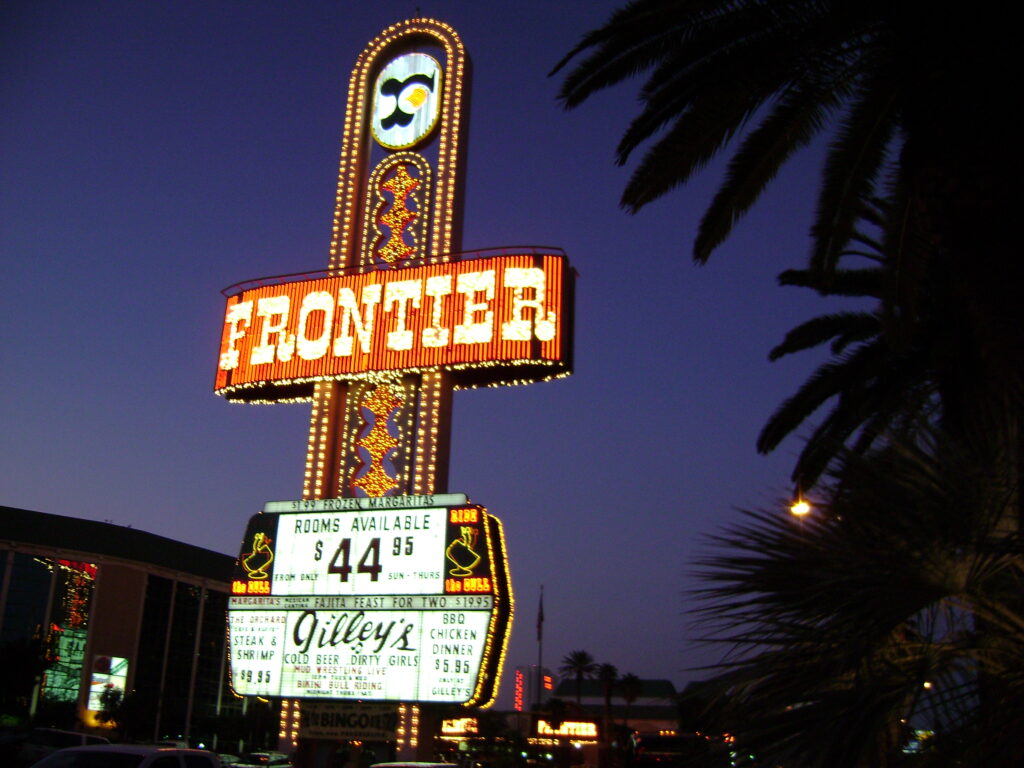
Wynn’s activities have attracted crowds of customers and tourists craving entertainment to the city. On his initiative, the famous Mirage Hotel was built – a pioneering project from 1989, which became the showcase of the new, super-luxurious Las Vegas, which is the world’s gambling center. It also ushered in the era of impressive hotel and casino mega complexes. For this reason, Steve Wynn is often referred to as “the father of modern Las Vegas.”
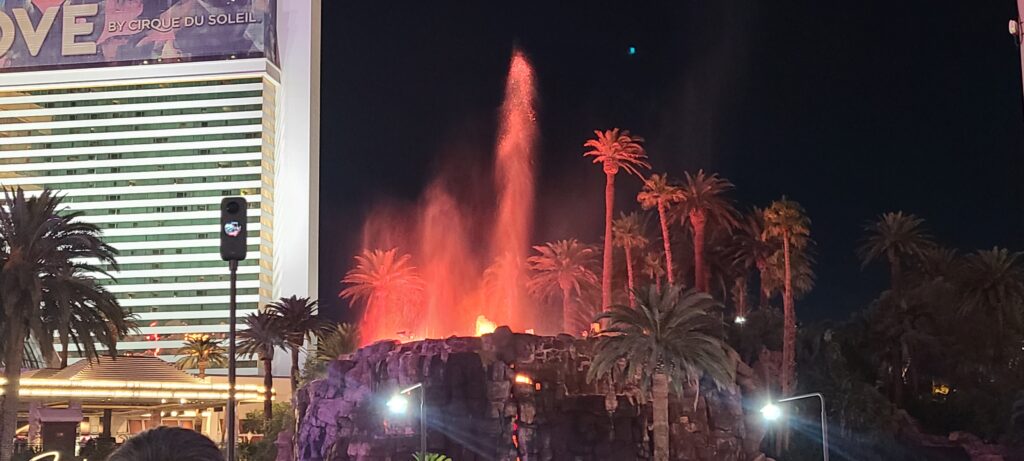
Las Vegas today
Las Vegas is a city that not everyone will like. Omnipresent splendour, luxury, hundreds of hotels and casinos and thousands of neon lights will delight some and overwhelm others. What is certain, however, is that you cannot pass by this city indifferently.
The most important point in Las Vegas – The Strip – is a 6.8-kilometer stretch of Las Vegas Boulevard that crosses the city from north to south. It hosts nineteen of the world’s twenty-five largest hotels, with a total of over 67,000 rooms.
The largest hotels include: MGM Grand Hotel with 5,034 rooms, Luxor – 4,467 rooms, Excalibur – 4,008 rooms, Circus Circus – 3,800 rooms, Mandalay Bay – 3,644, Flamingo Las Veags – 3,642 rooms. Among them, the most exclusive is the Bellagio Hotel – 3,000 rooms.
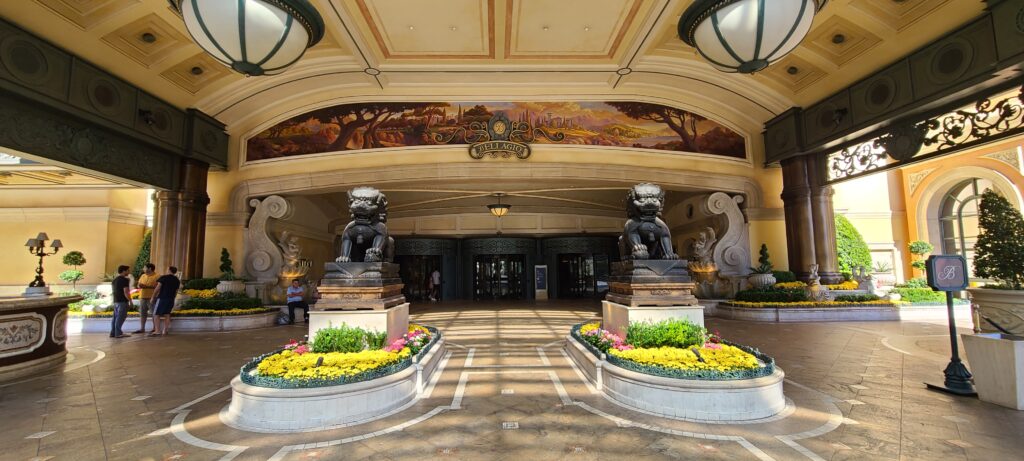
Each hotel has casinos, swimming pools, gyms and exclusive shops and restaurants.
Famous boxers such as Sugar Ray Leonard, Evander Holyfield, Oscar de la Hoya and Muhammad Ali fought at Caesars Palace. This facility also appeared in in such cinema productions as “Rocky III”, “Rain Man” and “The Hangover”, as well as in the series “Friends”.
One of the attractions in Las Vegas are revues held here every evening. Here you can admire the greatest stars of the American and world stage. In Las Vegas, there were world music stars such as Frank Sinatra, Johnny Cash, Elvis Presley, Elton John, Cher, Celine Dion and Violetta Villas. Cyclical concerts are often held here, and many stars take residencies lasting several months.
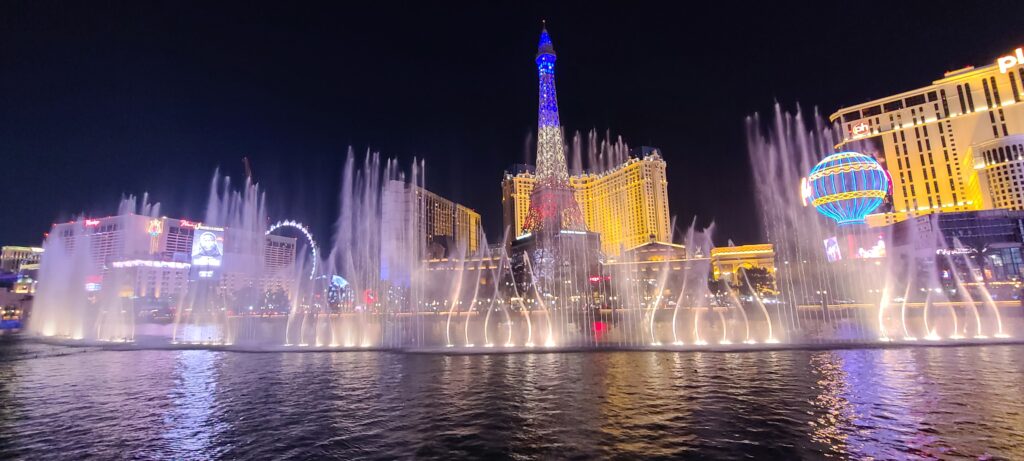
For example, in 1969 Elvis Presley gave 58 concerts in a row at what was then the International Hotel (now the Hilton). A total of over 130,000 people participated in them, and the huge popularity following the king of rock and roll had an impact on the city, which then made a huge leap in terms of recognition.
Elvis Presley remains a Vegas landmark even nearly 50 years after his death. In the city, you can come across his numerous doppelgängers, whether on the stages of entertainment venues or in chapels where successive incarnations of the legendary musician marry couples in love.
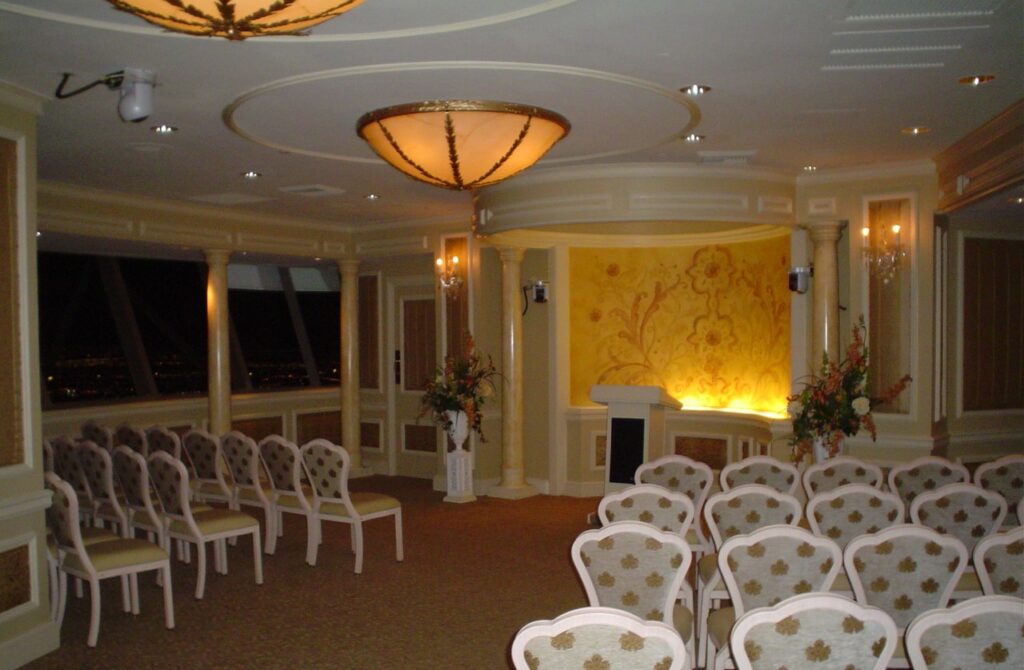
Trivia
- There are no clocks in Las Vegas casinos. This is not an oversight on the part of the owners. On the contrary – in this way, customers easily lose track of time.
- Las Vegas has the brightest street in the world that can be seen even in space.
- Las Vegas has one of the highest marriage and divorce rates you can get in the city in no time.
- In 2004, Briton Ashley Revell sold everything he owned and bet $135,000 on one roulette wheel at the Plaza Hotel Casino. The ball landed on the red field number 7 – he won over $270,000.
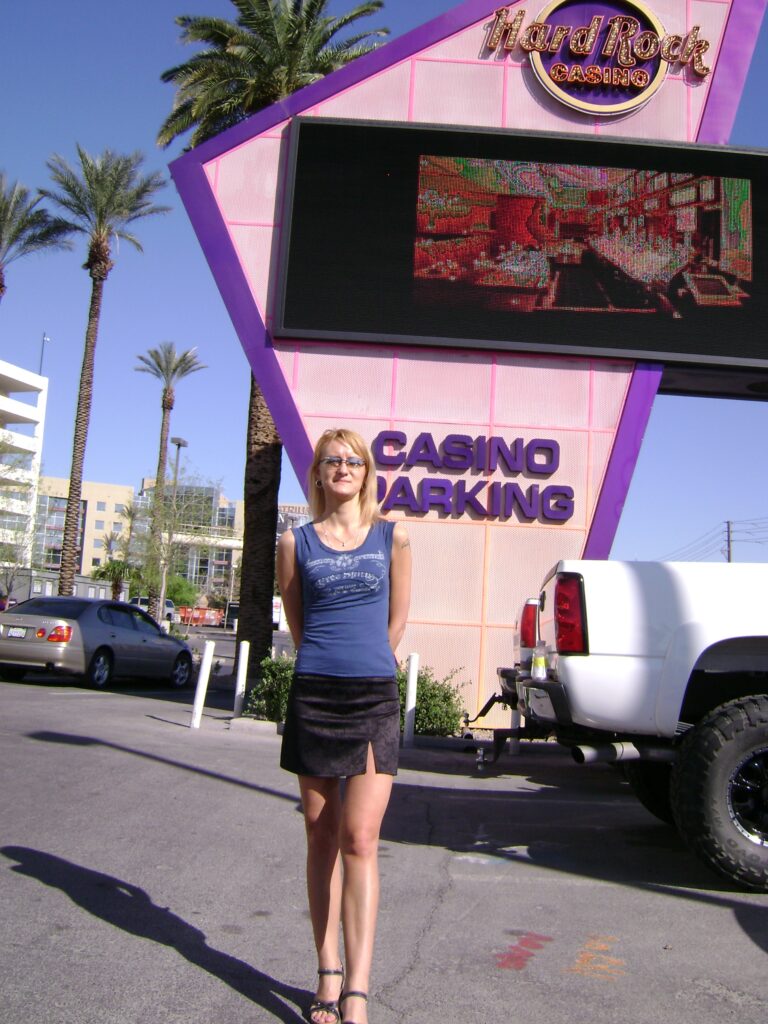
A few things to remember:
- Comfortable shoes. The main street is almost 7 kilometers long. If you want to see the whole or at least a large part, it is worth wearing proven shoes.
- An ID that proves that you are over 21 years of age. Otherwise, you will not be allowed in clubs and you will not be allowed to play in casinos.
- Cash – credit cards are not accepted in some locations.
- You can drink alcohol on the streets. Often, however, it cannot be consumed in glass containers, e.g. during various performances.
- Free alcohol at any casino while you play – tipping is advisable as everywhere in America.
